Touring Morocco by Motorhome
If you’re new to this north African beauty, the thought of touring Morocco by motorhome with its unfamiliar culture, can feel overwhelming. What if we could offer you a road-trip taster where you can build your confidence gently? In this blog we introduce you to north Morocco, with its lush green rolling hills, stunning Rif mountains, beautiful coastlines, Roman ruins and intriguing cities that will leave a mark on your heart. Are you ready to join us? If so, read on.
With evocative sights, sounds and smells Morocco embodies everything that travel represents. A new culture, a different way of life and colours and textures that will blow your mind. If these very words, however, strike fear into your hearts, then you are not alone. Lots of people tell us that they are nervous about travelling to Morocco by motorhome, yet secretly when they see the pictures that we post, really want to try. This specifically designed self-guided tour will help initiate you into Morocco with a gentleness that will allow you to cut your teeth and build your confidence. We have created this route based on our own experiences from our last three trips, so we offer this from a place of experience.
Touring Morocco by Motorhome – a Route Map
First things first, here’s the Interactive Map that you can follow for Morocco by motorhome tour, which will take you between 2 and 4 weeks. You have lots of options depending upon how comfortable you feel once you’re here. There are lots of optional extras that you can build in should you feel inclined.The choice is yours.
Stop 1 – Asilah
Exit the port and turn right! Your touring Morocco by motorhome adventure begins.
Quite simply you’re going to hop on the A5 Toll Road for about 90 minutes, which takes you through countryside that you could be forgiven for thinking were the rolling hills of England. Taking your exit from the motorway at the Coastal Route N1, you are within 20 minutes of your first, beautiful destination. Morocco’s motorways are, by the way far better than many European and certainly UK motorways, and you will pay approximately 70MAD, (€7) for the pleasure of this journey. The coastal N1 teases you with peeks of the Atlantic’s rich blue, with its tempestuous seas crashing into sandy beaches; a sight that will become a familiar as you head south. Posh street lights signal that you are close to your destination, as will the Roundabout Police as we have come to label them. They stand at said roundabout or at entry to a town, where you will be expected to slow down for potential inspection, of what we have never quite found out, and then be waved on.
What you will see
Asilah is known as the ‘Artist’s Town’ and as you wander its pristine white-washed Medina you soon understand why. With street art adorning many walls, colour explodes in front of you and you find yourself enticed into the the narrow alleys within the fortress walls. The smell of freshly baked bread might lure you or may be the sound of the ocean as it crashes into the fortress walls will call you. Or your first Call to Prayer might stop you in your tracks. Either way, Asilah will gently bring you into Morocco’s Muslim culture, where it holds your hand and guides you towards this north African way of life. The souk here is one of the most gentle introductions you can have to the life of the Moroccan markets. Colourful rugs, pungent nougat, leatherwear and a kaleidoscope of clothing await you. If you wander further into the ‘new’ town you will see the daily street sellers, which is a different experience altogether and, if you feel brave enough, head to the far end of the town, where you will find an old Jewish cemetery that has been renovated in honour of the town’s ancestors. One of the main reasons for coming here, aside of its gentle Medina, is to get your Data sim cards from either Maroc Telecom or Inwi – both of which are marked on the map.
Where to stay
There are three options for Asilah depending upon your needs and desires. There are two campsites; we stay at the Camping Aassada, which whilst basic is adequate enough. The one next door is of similar layout and quality. Or if you go towards the historic centre along the coastal road, there is Guardian Parking, where plenty of motorhomes hang out. The advantage is that you are right outside the fortress walls.
Heading away from the coast, you can now look forward to some inland Moroccan experiences. The west coast is always a tantalising prospect with those rich ocean blue seas, although as an all-round Moroccan experience, inland is a must.
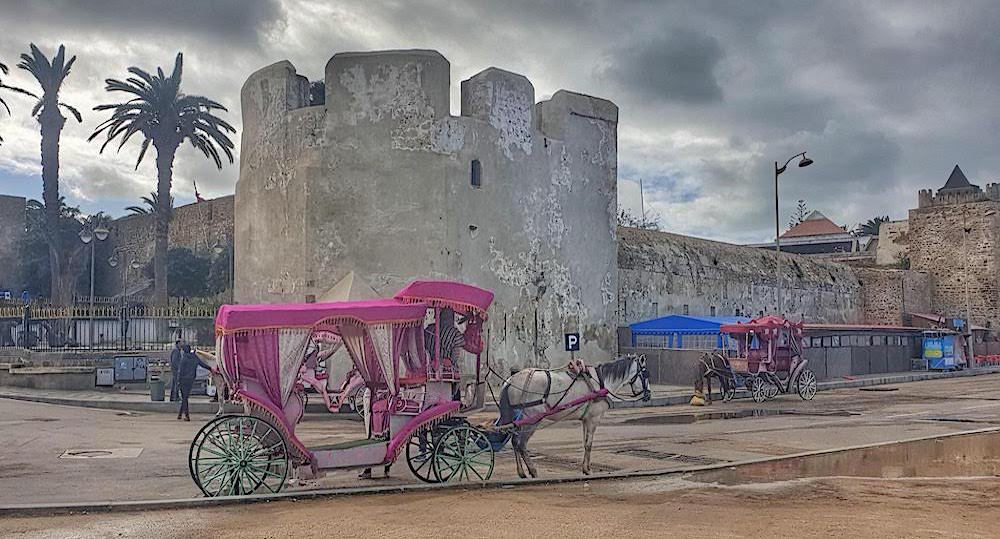
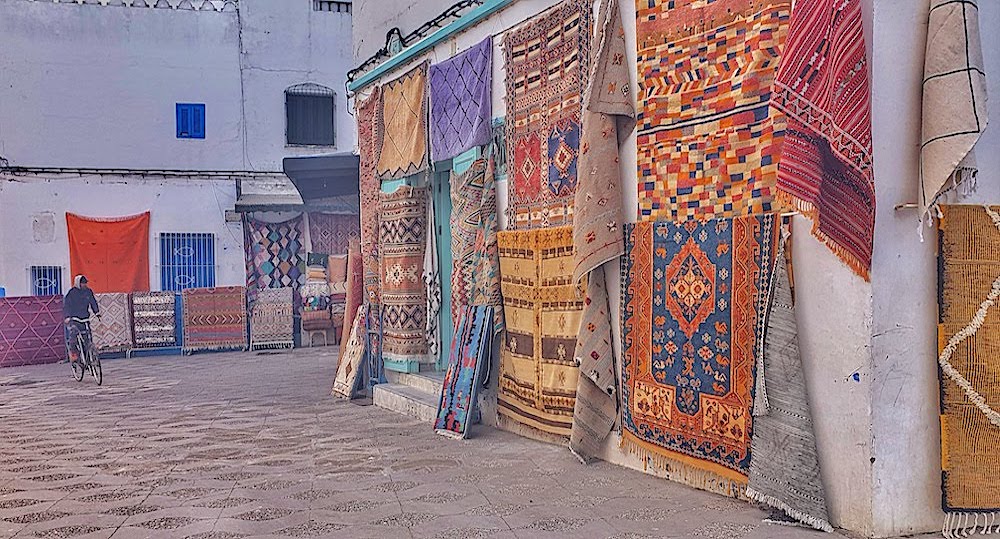
Stop 2 – Moulay Bousselham – traditional fishing village
Hopping down the road, Moulay is not a typical place to stop, although if you love birdlife then this can be a good place to drop off at. After the sharp lines and cleanliness of Asilah, Moulay is far more Moroccan in its culture. The town is less pristine although the beach on the northern edge of town and the fishing culture down on the lagoon really introduce you to rural Morocco.
What you will see
If you go down to the fishing harbour – if you can call it that; you will find Hussain who is an excellent guide for the Lagoon. A two-hour trip will give you a fabulous view of the area from the water and get a sense of life in Moroccan driven by the ocean. You’ll see flamingoes and ospreys thanks to the eagle-eyes of your guide.
The beach is lovely to walk and the town is rustic and almost of a run down nature – well at least it was in 2020 during our maiden trip. An afternoon and night here is probably all you will need and is a good cultural introduction to life on the coast.
Where to stay
Sadly the International Campsite is a Covid victim and no longer open. Although a couple of homestays have opened up their doors to motorhomes, which you can find on Park for Night. The nicest of them looks to be La Casa Latifa overlooking the lagoon.
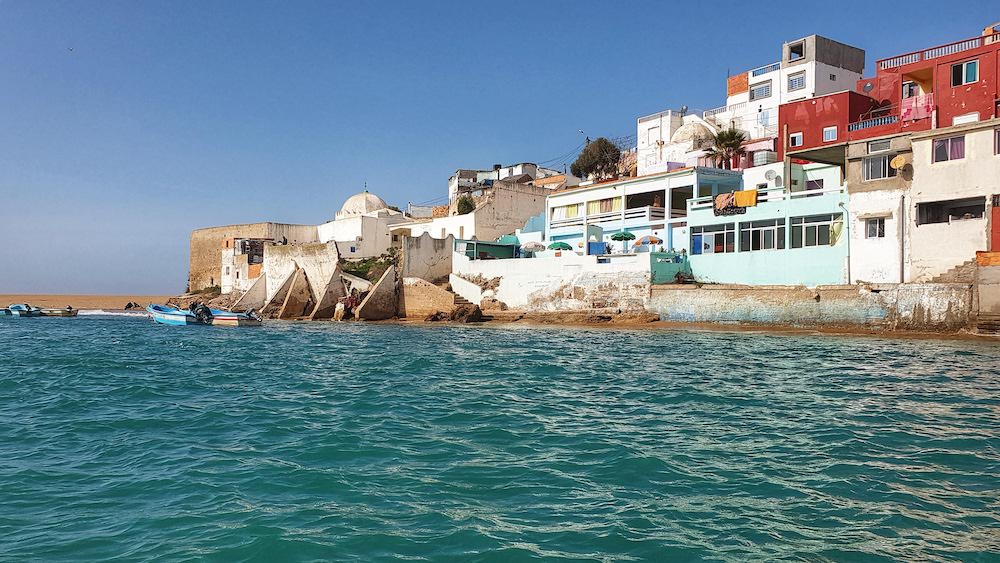
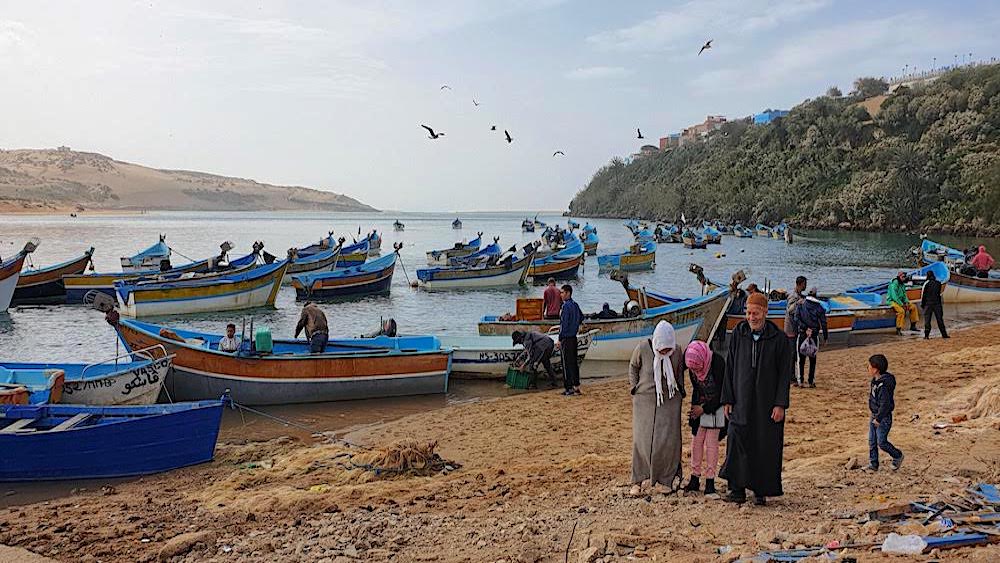
Stop 3 – Mohammedia – in preparation for Rabat and Casablanca
On the tolls roads coming south you can reach Mohammedia in about 2.5hrs. The cost of the tolls is miniscule in comparison to European fees, so never feel worried about taking them; and it is a very smooth drive. Don’t be driven by European driving strategies of always avoiding tolls. Morocco is different and timings will be doubled at least. Make it easy on yourself. Be prepared though to see some strange sights, such as random people walking along the motorway edges, shepherds and their flock and very unstable looking vehicles with loads far too tall.
If you want to break up your journey, then there is a very European-style campsite at Kenitra called Camping International Mehdia with its good facilities and swimming pool. Whilst there is not much to see in the area, and there are a fair few stray dogs around it is a nice pit stop if you would like some time out. Otherwise head to Mohammedia for your city immersion.
What you will see
Mohammedia is not a destination in itself, as it is mostly a commuter city for Rabat and Casablanca. Although you will find a Decathlon and a large Marjane supermarket about a mile from the campsite. What this place does offer you is the perfect position for visiting capital city Rabat and Casablanca via the train and we highly recommend this form of transport. The trains are efficient, cheap and clean. You can be in either city within 20 minutes via a taxi to the station which costs you just 5MAD per person, one way.
Rabat is Morocco’s capital. The title has changed hands a few times in Morocco’s history and it was just in 1955 that Rabat was its final capital resting place. If you choose to drive here, you will experience no archetypal city traffic; we found it was a dream to drive right into the centre, and out again. Check out our video here. The Kasbah is incredible, the Lighthouse beautiful and the Mausoleum just one of those sites you just have to visit. The souk is very gentle, inside of the city walls and all-round we thoroughly enjoyed our short visit here and would not hesitate to come back.
If you wanted to stay in the city, then there is a parking place at the lighthouse which is guardian parking. We understand that you can overnight there, although we think that Mohammedia is a much better option for your first visit to Morocco.
Casablanca is far removed from Rabat, in our experience. It is the cultural and financial centre of Morocco and thereby the largest in the country. It has a cosmopolitan feel to it and so has little of the culture that we often crave from this African beauty. That said, there are some aspects to the city that are worthy of exploring. Although we didn’t make it on our trip the King’s Royal Palaces are always good to see, the Arab Gardens, Mohammed V Square that’s a bit like Trafalgar Square in London and of course the coastal mosque, Hassan II that is the defining monument of the city.
Built in 1993, this 210m minaret is the tallest in the country and during on the hour at 09.00, 10.00, 11.00, 12.00 and 1500, you can pay to have a tour of the mosque, which is the only one that allows foreigners to enter, and women too. Just make sure, unlike us, that you arrive on the nose of your chosen visiting time, otherwise you will have to wait. We unfortunately were too late for our 3pm visit, thanks to some misinformation from a local. We highly recommend visiting The Loft and Sqala both in walking distance of the mosque for coffee, lunch or just for a simple ice cream.
Where to stay
Both Camping Mimosa and L’Ocean Bleu are worth staying at for easy reach of both cities via the train network.
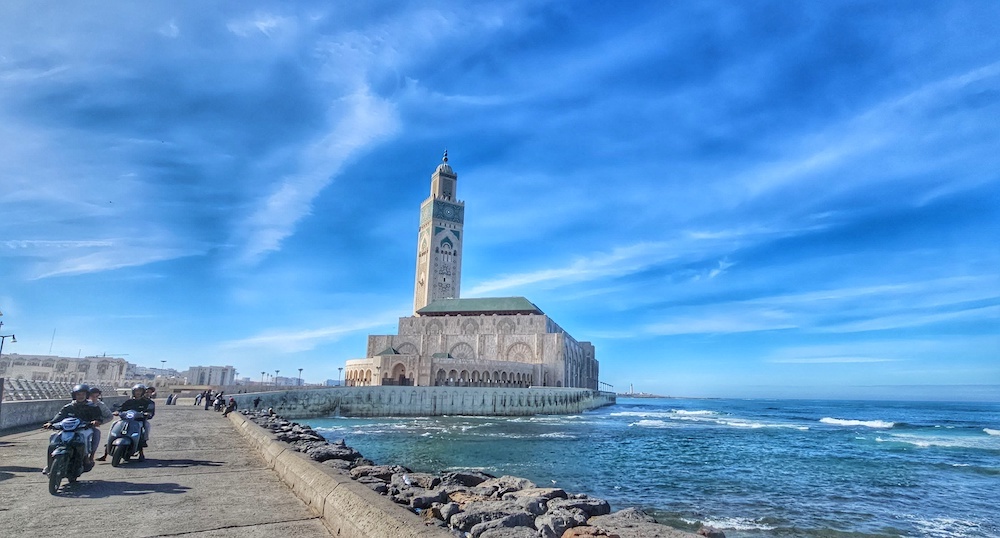
Stop 4 – Heading inland towards Meknes and Volubilis
Heading away from the coast, you can now look forward to some inland Moroccan experiences. The west coast is always a tantalising prospect with those rich ocean blue seas, although as an all-round Moroccan experience, inland is a must.
What will you see
Your route will take you along the toll road linking Casablanca, Rabat and Meknes, which totals around 120 miles. The whole journey will cost you less than €10, which is a small investment to get you long distances with ease. Meknes is one of Morocco’s five Imperial cities and is steeped in history. It has its Lahdim Square (think Indiana Jones) and the famous Bab El Mansour gate. Sadly during 2023 they have been doing work on the whole city walls and square, so it is not a pretty sight. So we recommend that you just check in with its progress before deciding to stop there.
We were not keen on Meknes and we find it difficult to put our finger on why. It is a very busy city and whilst the city walls are pretty in their honey coloured hue, the square felt very intense, full of monkeys, snake-charmers and Henna tattoo artists aggressively looking for a buck.
If it is still under renovation or the city doesn’t appeal to you either, then within 30 minutes you have the ‘not to miss’ Roman ruins at Volubiliis. However many Roman ruins you may have seen on your travels, don’t by-pass this as a UNESCO site, it offers you the uniqueness of its uncovered mosaics. It is well worth a visit for a couple of hours.
Where to stay
We highly recommend a one-night stop en route to Meknes and whilst only about 90 minutes from Mohammedia, it’s a perfect place to call home. Hacienda des Cigognes is a private vineyard, which is not a word you expect to see in a post on Morocco. You are welcomed to stay for free, with EHU, showers and a meal with the family if you wish and a free wine tasting. Of course there is the opportunity to buy some of their wine, and it is a great quality drink, on a par with Rioja we thought.
Then if Meknes has completed its reconstruction, then there is Guardian Parking within the city walls for just 50MAD. We have experienced the parking and it is secure and peaceful at night.
And if that doesn’t suit you, then just continue on the road to Volubilis and find Camping Sidi Ali for 115MAD per night all inclusive. And after a busy few days city visiting and driving, a couple of days chilling out here might be just what the doctor ordered.
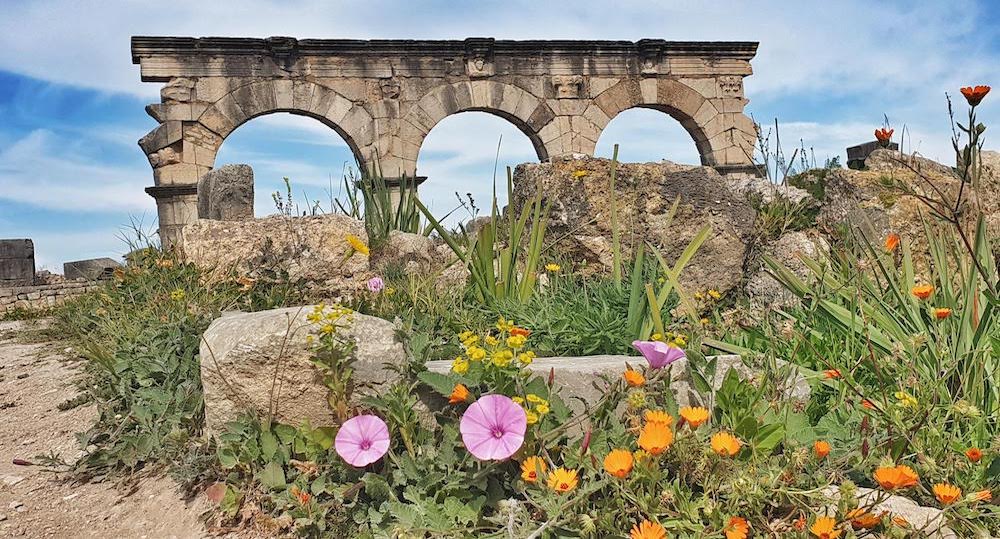
Stop 5 – Azrou and the Cedar Forest monkeys – optional extra
If you are finding your Moroccan groove and feel like a little extension to your trip, then why not build in this step. From Meknes you head south to the Berber capital of Azrou just 40 miles away. Azrou is not only a beautiful town to explore, with its Andalusian roofs and Berber market, you also have the Cedar Forests and the wild Barbary Apes. The drive up to the forest is itself wonderful and if you love walking then there are plenty of options. Or just to simply drive there, park up and watch the monkeys play between your van and the trees, is a real Moroccan experience.
Where to stay
You have two options; the first is a wild spot if you feel adventurous (33.420502, -5.17136). At the upper picnic area you will find a flat area where you can stay overnight without any issues. Ali the Berber artisan will visit you selling his own hand-made goods and of course, monkey nuts for his neighbours. I bought a lovely cedar fruit bowl on our first visit.
The second option is to visit International Euro Camping just a couple of miles out of Azrou. This is great stopover where the family welcome you to their home with free bread and a swimming pool if you’re there in season all for 100MAD pn. You can either walk into the town or grab one of the Petit Taxis for just a few Dirham. It’s a lovely place to hang out for a couple of days and rest.
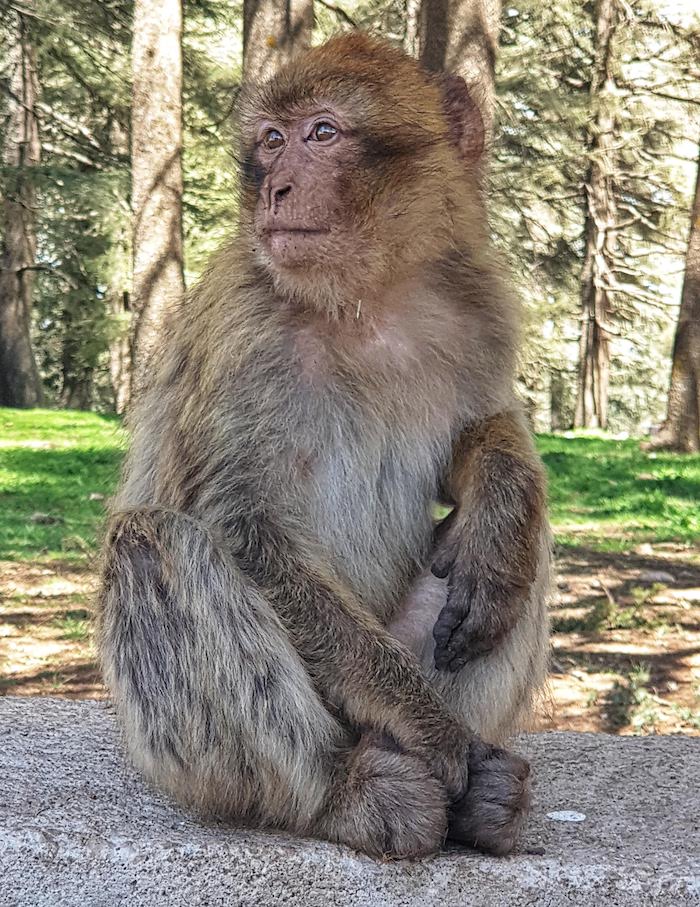
Stop 6 – Imperial Fez – a tale of two cities
Just an hour and a half north, your next stop is Fez. Yet another Imperial city, this definitely winds up on the ‘crazy’ stakes. Staying outside of the city, a taxi into the hub will give you a great cultural experience. Fez is split into two cities; Fez el Bali and Fez el Jdid, carved in half by the river and both offer the visitor something slightly different.
What you will see
We visited twice, as there was just so much to see. Day 1 we started at the Tanneries, which are free to enter. It’s quite an education, despite what your slaughtering values might be. You will be given a sell on exit, although you do not need to feel obliged to buy anything, although tipping your guide is appropriate. You can then take a wonder through the Medina taking in the sights, the smells and the rather claustrophobic narrow streets. Head your way to Saffarine Square, which is full of metal artisans and there is a lovely place for lunch at Fassie Délecie.
Day 2 we got our taxi to drop us at the Royal Palace for a few pictures, then we walked through the other part of the city and the souks. Big tip is ideally start at the Blue Gate so that you are walking downhill. It’s quite a climbing going the other way. If you want somewhere fantastic for lunch, then head for the Water Clock, which is fascinating in itself, then go to the Cafe Clock, which I have marked on the map.
Where to stay
Your best bet is to stay at Camping Diament Verte which is on the outskirts of the city close to the commercial centre. Whilst it is a taxi drive away, it is by far the safest option. The site is big with little formality and the facilities are a little basic although it gives you a base to work from. Check out our gallery below.
Stop 7 – Rif Hotel and Chefchaouen
Now it is time to head north. Your northern tour is not quite at an end, although you are definitely on the home run. 2.5hrs towards the Blue city of Chefchaouen you have a fabulous stopping off point that will enable you to defibrillate from the chaos of Fez. Hotel Rif is a busy little join that has a stunning swimming pool with camping pitches around the outside. For 100MAD per night including a 20% discount at the restaurant and free crepes in the morning, this is a wonderful place to just unwind a little. Travel is tiring and building in places like this, feels pretty important.
What you will see
Then its onwards to Chefchaouen, which for many is the highlight of their Moroccan trip. Nicknamed the Blue Pearl, this 14th century Kasbah and Medina is full of blue character. Thought to ward off mosquitos or simply to attract tourists, you will be blinded by its blueness. Built into the side of the mountain, Chefchaouen is loosely translated as Look at the Horns, which refers to the mountains that frame the city. The souk is a gentle affair and there is never any hassle to buy. Just heads up though the alleyways are quite slippery, so just be mindful. Also above the old town you will find a waterfall, old washing houses and a fascinating irrigation system for the area. And for the more serious hikers, the Rif mountains create a playground for some robust walks, if this is your thing.
Where to stay
There are two options. The first is Guardian Parking which is right in the heart of the town. Fair warning though, it is not pretty, although it is super convenient for the Medina and the path for the waterfalls. At 40MAD for day and night time parking, it’s certainly a bargain.
There is a campsite about 20 minutes outside of the town, which means a bit of a walk to visit the old town and potentially a taxi back, although again, if your preference is to stay somewhere a bit more familiar, then this is a good option.
Now at this point, you have an option. You can now either head back directly to Tangier Med and catch the next day ferry; or if you would like another extension, then you can take the coast road back to the port. The only heads up we would give you, is that the overnight stops along the coast tend to be more wild spots in beach car parks rather than campsites or aires. So your choice to do a bit of the coast may be influenced by this factor. We will leave it to you. See if our gallery whets your appetite.
Stop 8 – Mediterranean Coastal route – optional extra
From Chefchaouen, if you decide to take a few more days in Morocco before heading back, then the coastal route back offers a completely new perspective. We took four days to drive just a little of this coastline, to get a flavour of it before heading inland.
What you will see
The P4105 route travels through the Talassemtane National Park and the Rif mountains, on good quality roads. You will drive through gorges winding around the mountains like a serpent, then down into the fertile valley where agriculture is king. After an hour you arrive at Oued Laou where you hang a left at the coast. Then you pass through the outskirts of Tetouan and Martril, hugging the coast until you reach M’diq and finally Fnideq, before the final push to the port at Tangier med.
This last leg is a bit of a mind-blowing experience as from M’diq through to Fnideq is like something out of a Caribbean brochure. Not what you would expect from Morocco. Charming promenades, Blue Flag beaches and five star Beach and Golf Resorts. This affluence is a shock to the system and certainly a very different perspective of this African country. It’s an interesting side that will leave your Moroccan road-trip with a colourful centre to it. It’s a fascinating drive, even if only for a couple of days, just to see how the other half live.
Where you will stay
There are some wild spots along the way which you can pick up from Park4Night, or you can push onto M’diq where there is an informal campsite at La Ferme with services, although no EHU. Whilst it is a long driving day, La Ferme will give you a safe sanctuary for a couple of down days. M’diq looked like a really nice town worthy of a taxi drive. La Ferme is just 60MAD per night. We stayed for a night at Fnideq in one of the town’s beach car parks, which cost us just 10Mad to the Guardian although again it all depends on how comfortable you feel without a campsite. Certainly you have some options. There are a lot of Police around this affluent area, so safety never seems to be in question. We were never quite sure whether to be bothered that they were present or comforted by their presence. Either way, we are glad to have experienced just a little bit of the coastal landscape, which is so different to the western, Atlantic coastline. For a taster, check out our gallery below.
YGetting ready for your African road-trip
We hope already with our map and outline plan, that touring Morocco by motorhome, seems a whole heap less daunting. Perhaps having enticed, it is time to talk practicalities so you can prepare yourself physically and mentally for your Moroccan road-trip.
First things first, arriving in Morocco is not a matter of just turning up like most countries we are likely to visit in Europe. Preparation is key:
- Green Card covering Morocco
Check with your insurers to see if you are covered under your current policy for Morocco. There are only a few who will cover you fully comp; Saga and LV being two, the others who do cover may only offer you a 3rd party green. Your options are to get 3rd Party cover at the Moroccan border for around 100€ per month (you’ll need to take cash), or speak to Sterling Insurance, who may provide you with temporary cover for the duration of your trip. They are most likely to offer you 3rd party, although potentially fully comp – at an eye watering price. We were quoted £934 for three months cover in January 2023. - Gas saving strategies
Morocco has no LPG supplies, so a strategy to conserve your gas is absolutely necessary. You can, as we have done, buy a gas converter then buy a local bottle to either run your Cadac or similar outdoor bar-be-que or you can back fill if you are desperate via your outside bar-be-que point. - Pets
The following information has been received by the Inspector of Animal Health at Algeciras.If you are brining over cats or dogs, then you need to make sure that their Rabies injections are up to date and within their 3 year efficacy period. You must visit a Spanish vet for a Titre test (which is an antibody test for rabies which must read >0.5UI/ml). The blood sample is assessed by an approved laboratory and you may need to wait for 10-14 days for the results to be returned. That result will then be written into your animal’s pet passport in Section VI and you will be issued with an Animal Health Certificate by the vet. This must be issued within 24hrs of your arrival in Morocco.It is important to ensure that you have your ferry tickets ready, as you must present your AHC and Pet Passport to the officials at the PIF office, which for Algeciras can be found at the address below. They are open from 0830-1430 and 1600-2000. They will give you all you need to export and import your animal. In terms of Pet Insurance, again it is important that you speak to your insurer as many don’t cover Morocco. Here are the coordinates for the PIF building. (36.1349807, -5.4396946)Edificio de sanidad animal
1st Floor
Puesto de Control Fronterizo
Muelle Juan Carlos I
Algeciras - Vehicle checkGiven that you are unlikely to have breakdown cover even if you do get your Green Card, it is worthy of spending some time checking over your vehicle. Oil, tyres, radiator reservoir and bulbs. We suggest making sure that you have spare bulbs, because if the police catch you with a faulty light, you will have a small window to get it replaced, after which they will fine you. We also suggest that you buy a couple of tyre repair kits to help you to manage getting to the nearest town should you get a puncture.
- Purchase tickets and store drones
There is really only one place to buy your tickets and that is from Carlos, whose business Vaijes Normandie will sort out your ferry crossing and supply you with Dirhams. You can find Carlos, who is a legend and a real person at these coordinates at Palmones Commercial Centre, about 15 minutes from the Port in Algeciras. (33.44333, -5.441332) He takes credit card payment although will want cash for the Dirhams; generally exchanging it at 1€ – 10MAD.Then if you have a drone, you will need to store it for your trip duration as they are banned from Morocco. We use Central Box at this coordinates. Speak to Jacinta and tell him we sent you for a good rate. (36.157233, -5.454519). - Overnight Parking before your ferry
The Port parking we used to use now has barriers, so we found a new spot, which is actually far better. Here are the coordinates. It is also on Park 4 Night. (36.119832, -5.441886). You are a five minute drive to the Port from here, so it is ideal.
For a comprehensive Entry and Exit to Morocco, we suggest you check out our Morocco by Motorhome Playlist on Youtube and download our eBook which comprehensively covers how the process works.
Things to know about Morocco
Touring Morocco by motorhome is not very to any other European country, except for the obvious cultural differences. So we want to give you a have a heads-up on what to expect that helps soften the blow, so to speak. Here are our pointers.
- Morocco’s Toll Roads are excellent and generally speaking so much quieter and quicker than going through the National or Regional Roads. They are very cheap so expect to pay around €10 for a 120 mile journey.
- Morocco’s other roads vary greatly. Some have more bounce than Tiggr. Although we have been on worse roads in Italy, Ireland and the UK.
- If you bring a trailer or motorbike, you will firstly need to get insurance separately for the scooter and the trailer – called a Remorque will increase your Toss prices marginally.
- Campsites are reasonably cheap and will include EHU most often. It not always a good voltage, so don’t put too much on at one time as you will overload the system.
- Shower facilities are pretty good, and although basic in quality they are clean.
- It helps if you can have some French. English is slowly being integrated into society as they see it as the International language, although some places it is better to converse in French if you can.
- Weather in the winter can vary from 16-24º. The Mountains are very much colder at night, so expect temperatures to drop to below 5º. November to February can be wet and windy although come March, the temperatures reset and you will have beautiful sunny days.
- Children might approach you in car parks asking for ‘stilo’ or ‘bon bon’. Whilst it is tempting to give into their innocence, please don’t. We were advised by a local, that if we give into their begging, we just perpetuate their behaviours and create an expectation and a habit that ‘we don’t need to work because the foreigners will look after us. If you want to add some value, then buy some colouring in books and crayons and take them to a community or school where they can be distributed fairly.
- Whilst driving expect the unexpected. Have eyes in the back of your head and keep journey times as short as possible. Driving here is mostly quite easy, although it does take quite a lot of concentration. If Google Maps says an hour, then allow for at least 90 minutes. You will hear yourself say, many a time, ‘What does he think he is doing?’ Although you will soon get used to random people and animals walking on carriageways.
- Police checks are everywhere, so do not be tempted to drive over the speed limit and if you are unclear what the speed is, then do 60 and you’ll be fine. Police tend to position themselves at roundabouts quite often and also at the entry and exit from towns. You will be asked to slow down on your approach to these Checkpoints and then they will wave you through.
- We suggest you keep your vehicle documents accessible, just in case they stop you and want to check your paperwork.
- Expect roosters, barking dogs and Calls to Prayer to pepper your days and nights. It’s all part of the experience.
So there we have it. Your introductory Morocco by motorhome tour, that will take you up to one month. It will give you access to some of the main northern sights, introduce you gently to the culture here and hopefully encourage you to come again for longer, heading further south.
Morocco is an intense, evocative and soul-expanding country to visit and absolutely defines the best and most challenging aspects of travel. We encourage you to watch our Morocco video playlist over on Youtube for a real ‘on the road’ look at what to expect and of course to download our free eBook so that you can buildup more knowledge and confidence with the detail we have cover there.
We really hope that this little taster does exactly what it says on the tin; whets your appetite and gives you an eye-opening introduction to this magnificent country. Perhaps touring Morocco by motorhome seems less daunting now? Of course if you have any questions then please drop us an email at TheMotoroamers or download our free book for more information. Just click the image below to get access.
You might like to read more about Morocco by accessing our other Morocco blogs or watching our Youtube videos.

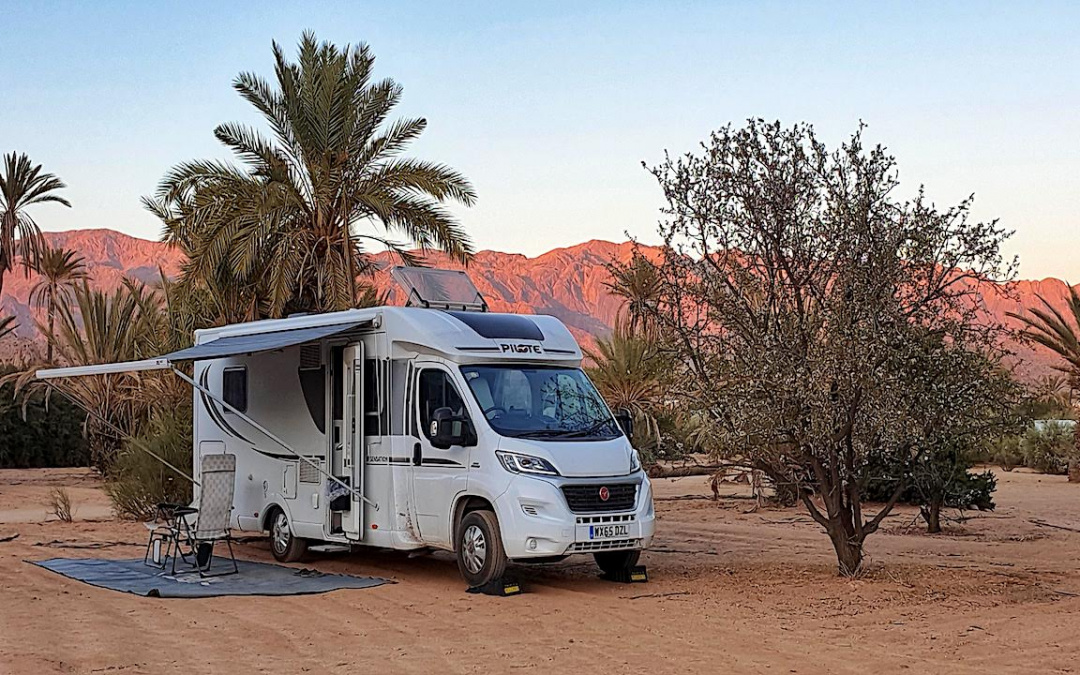
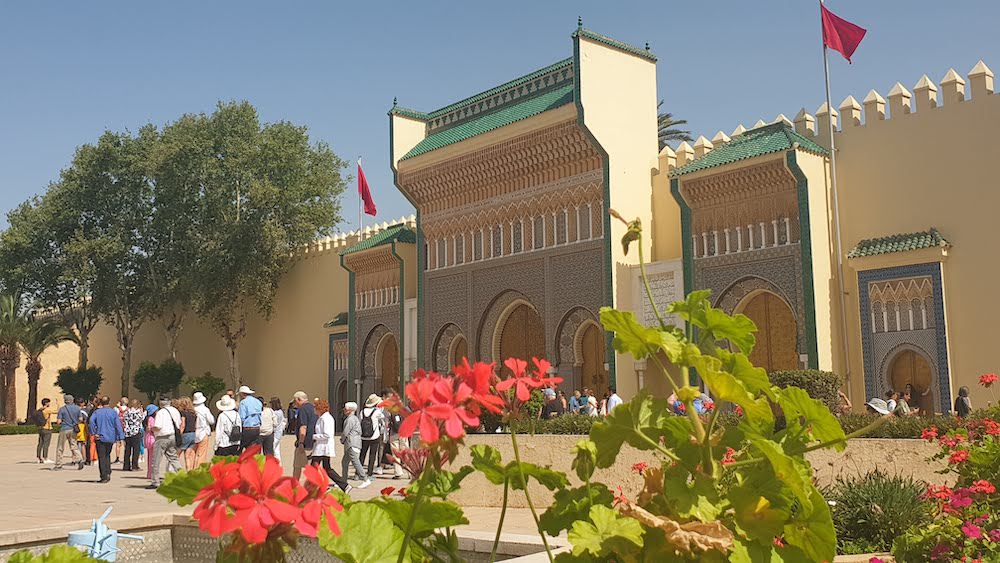
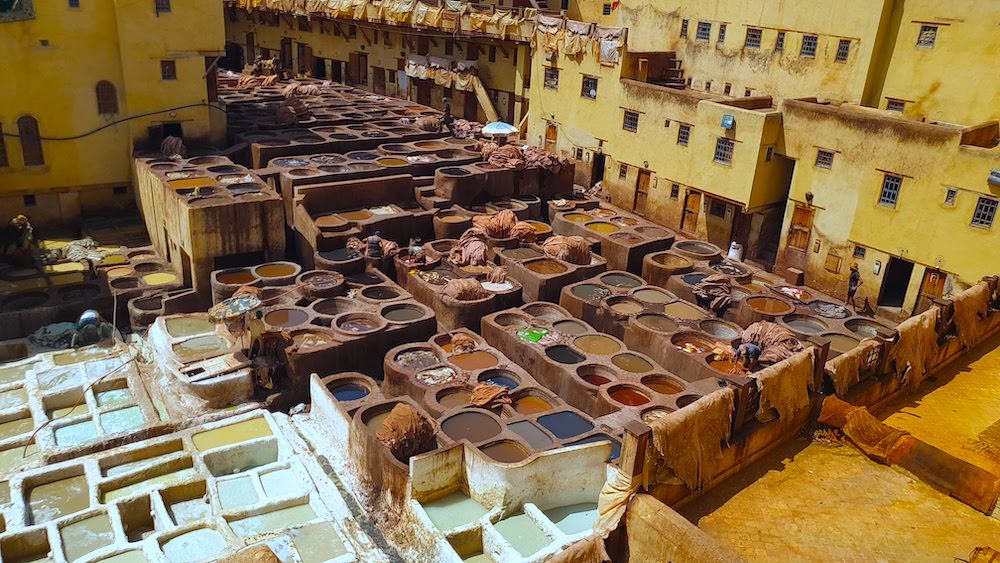
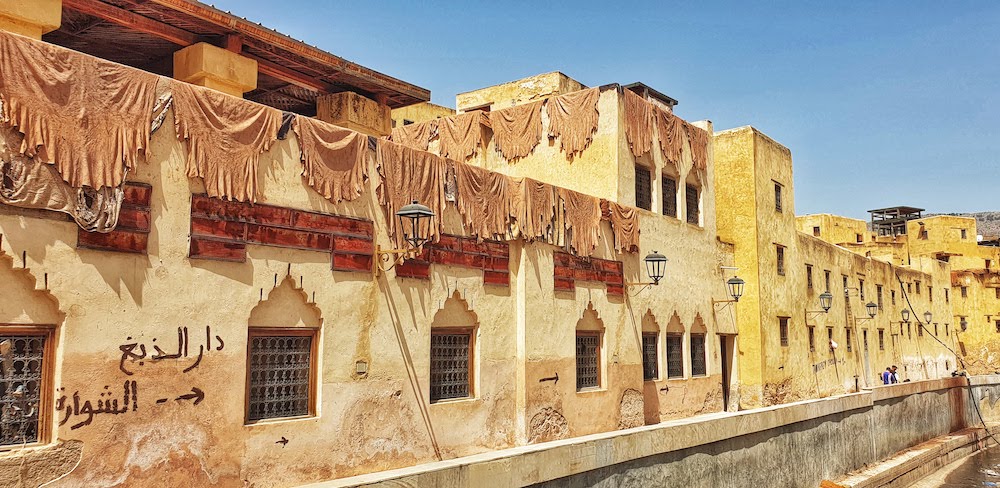
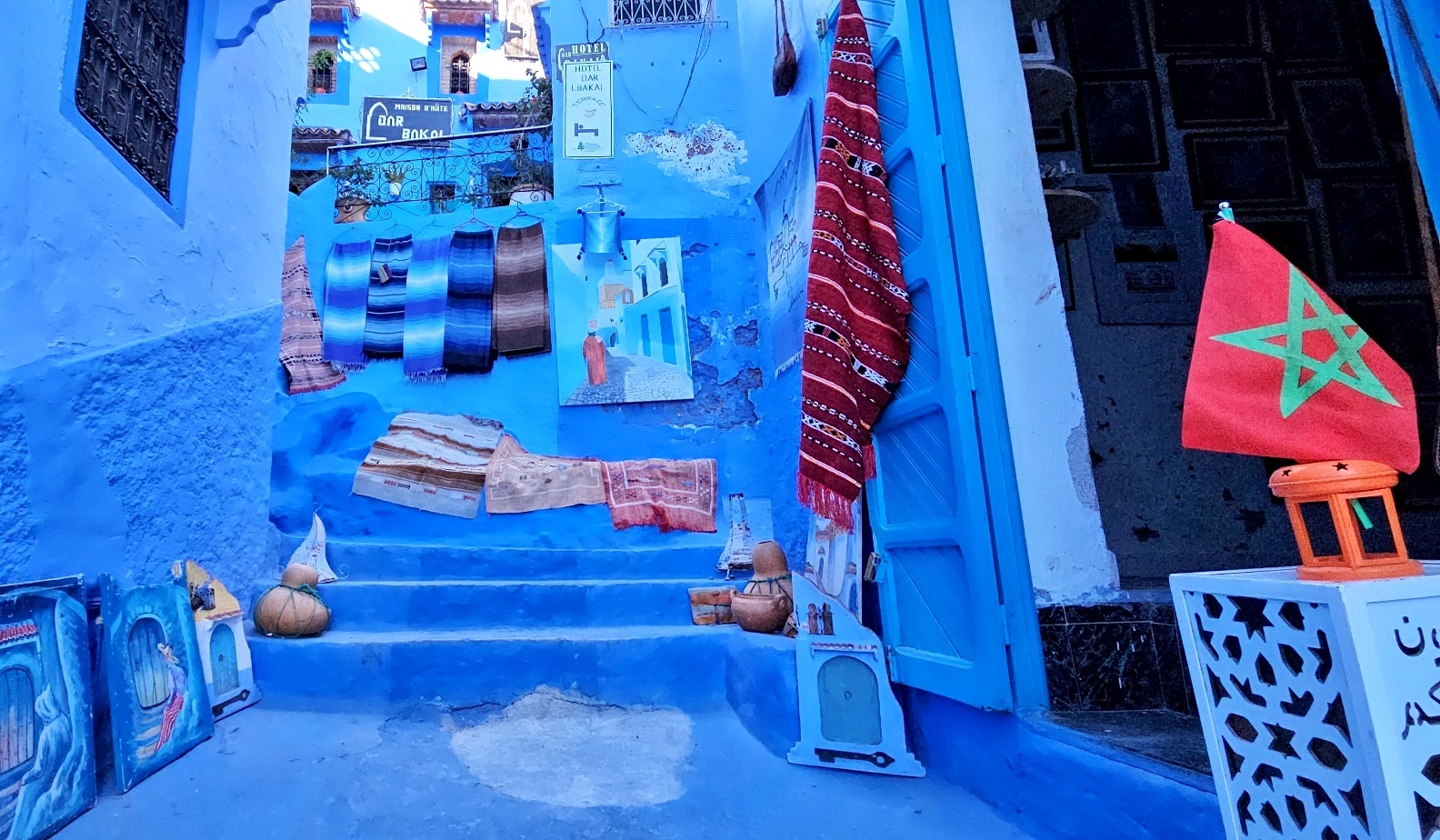
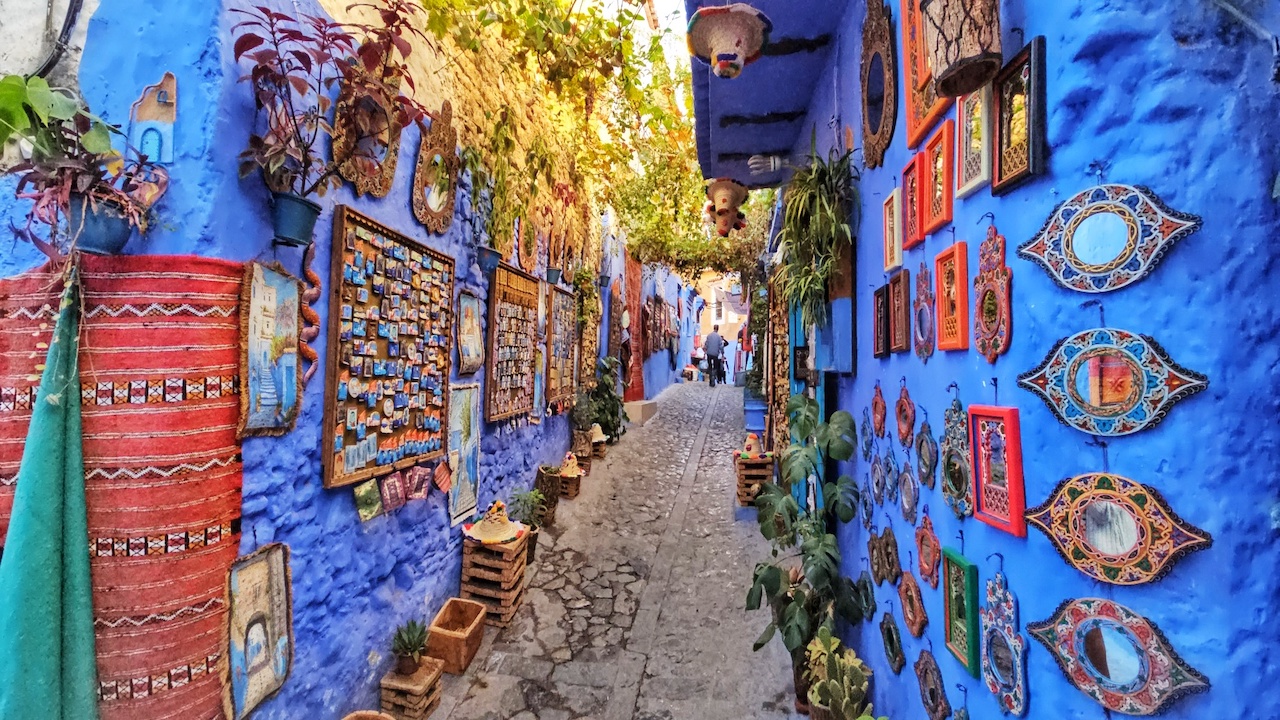
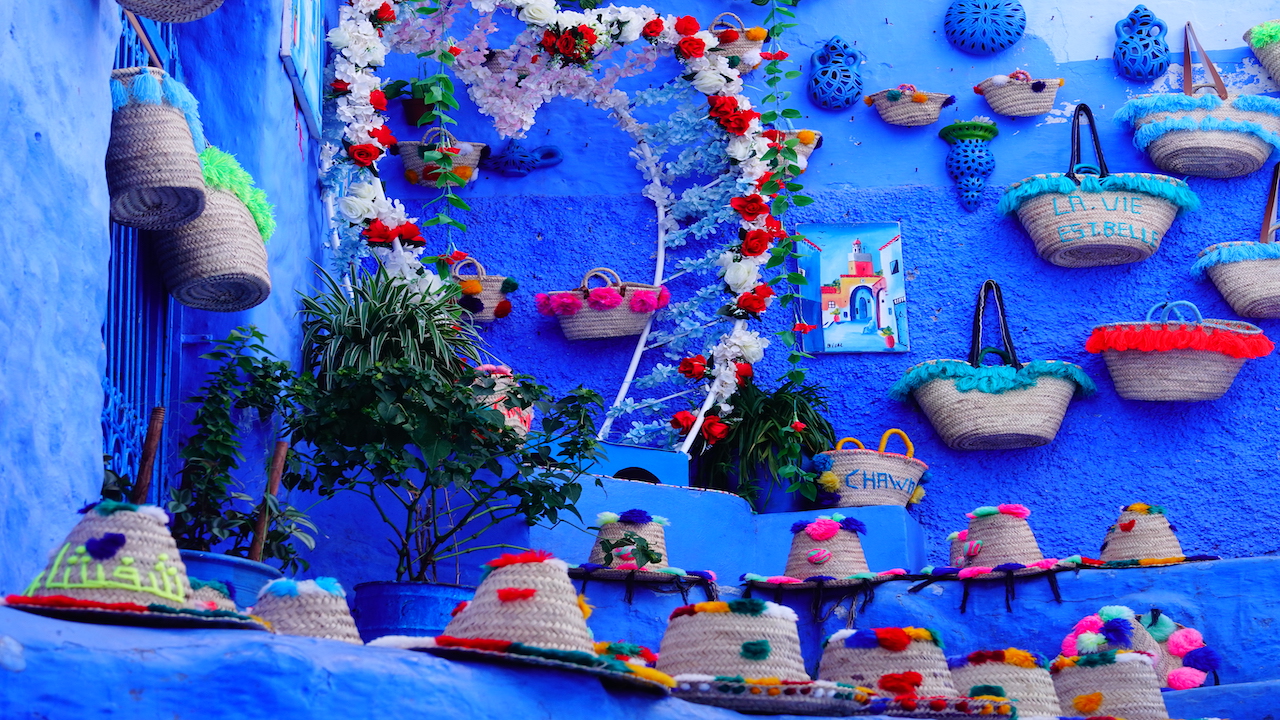
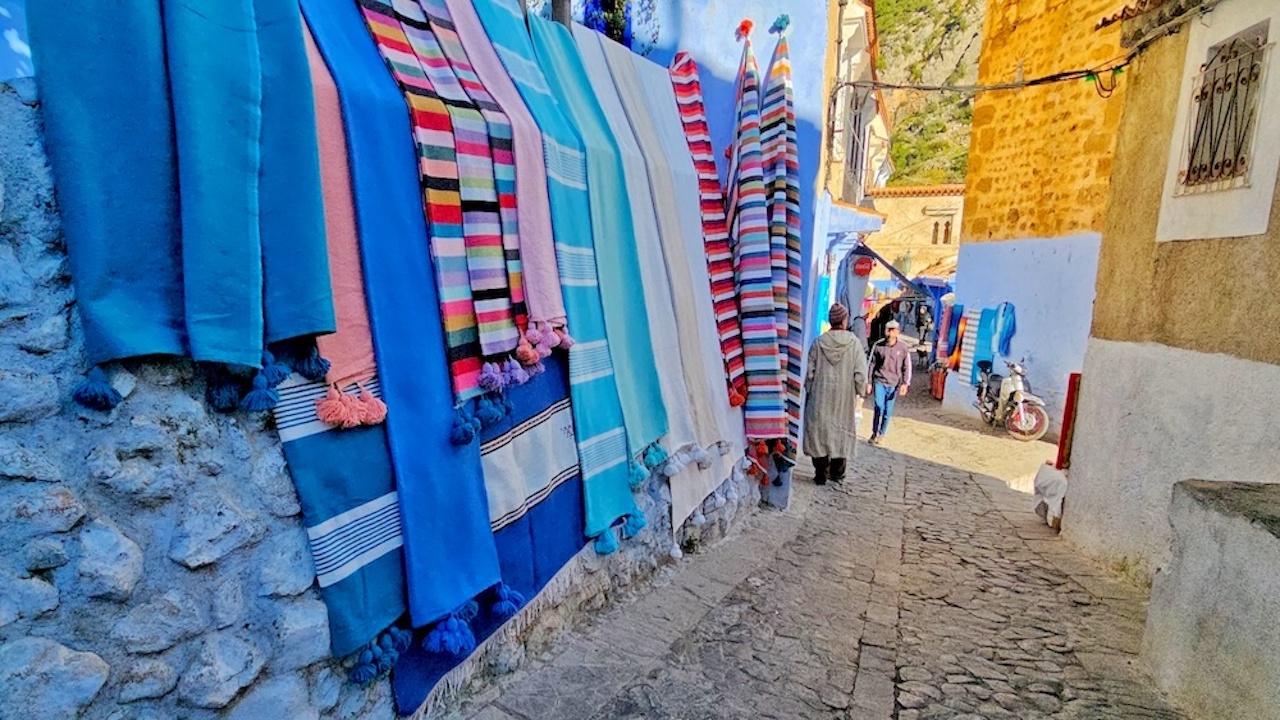
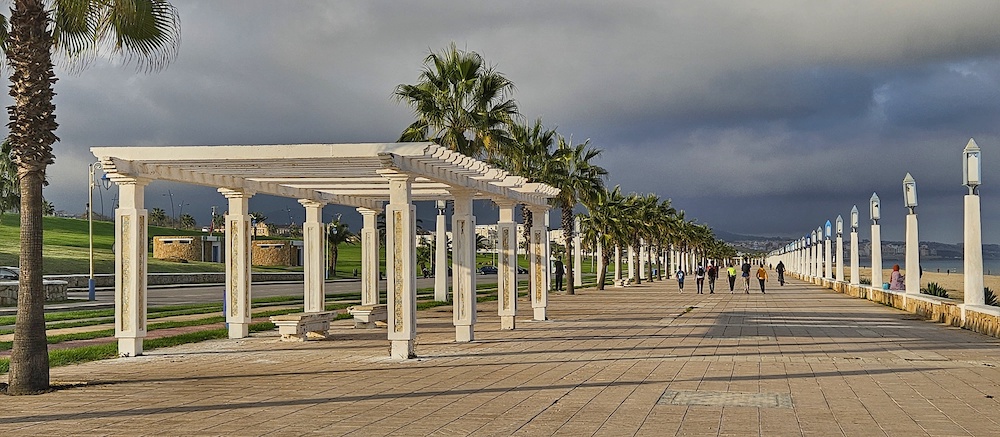
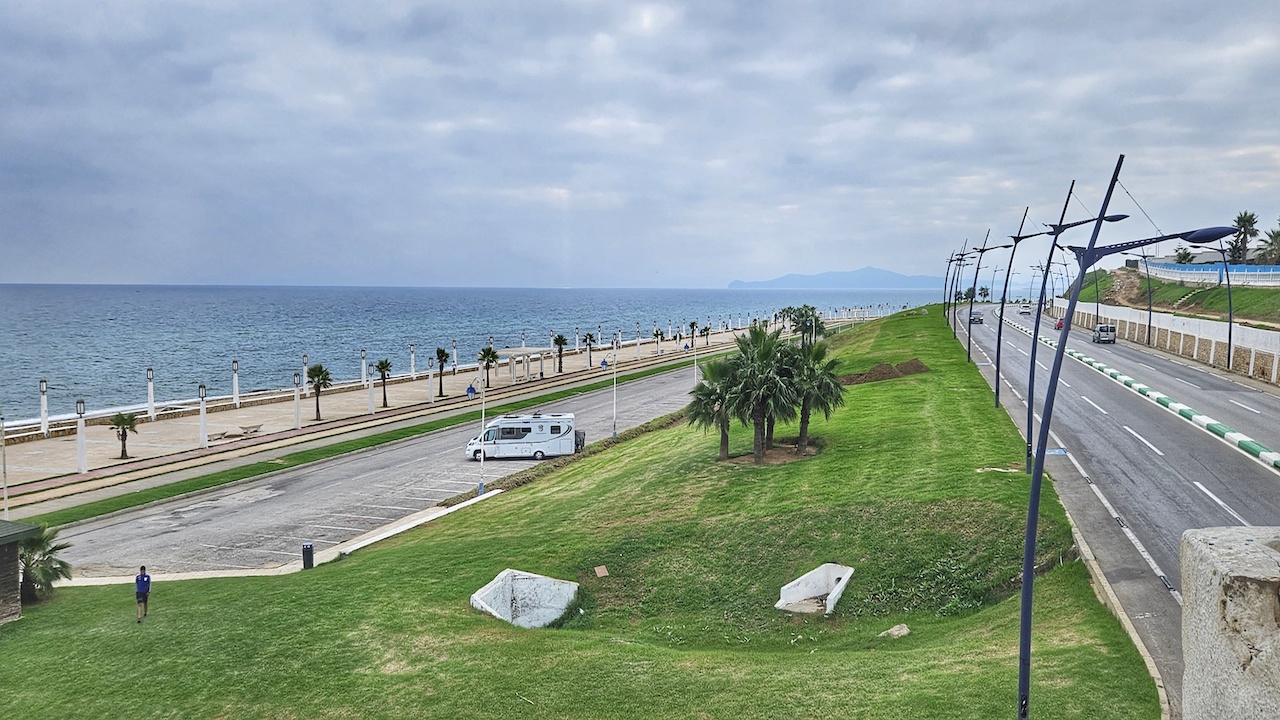

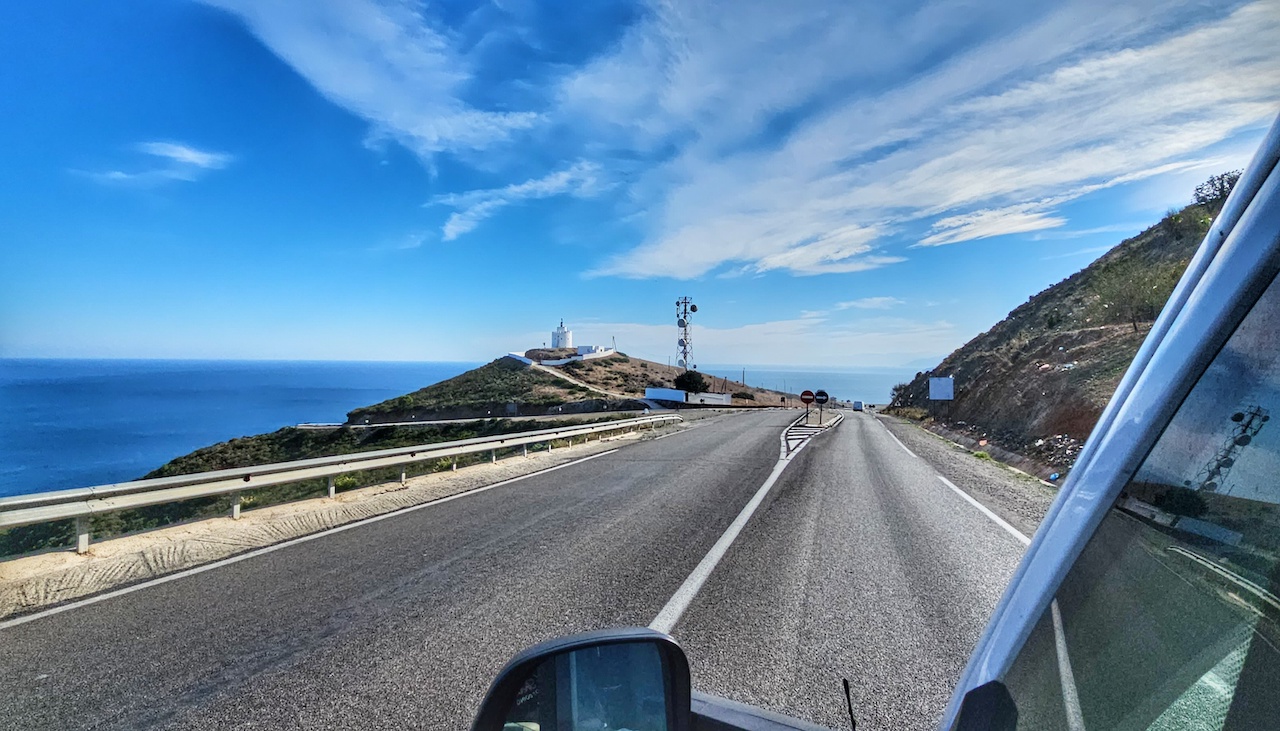
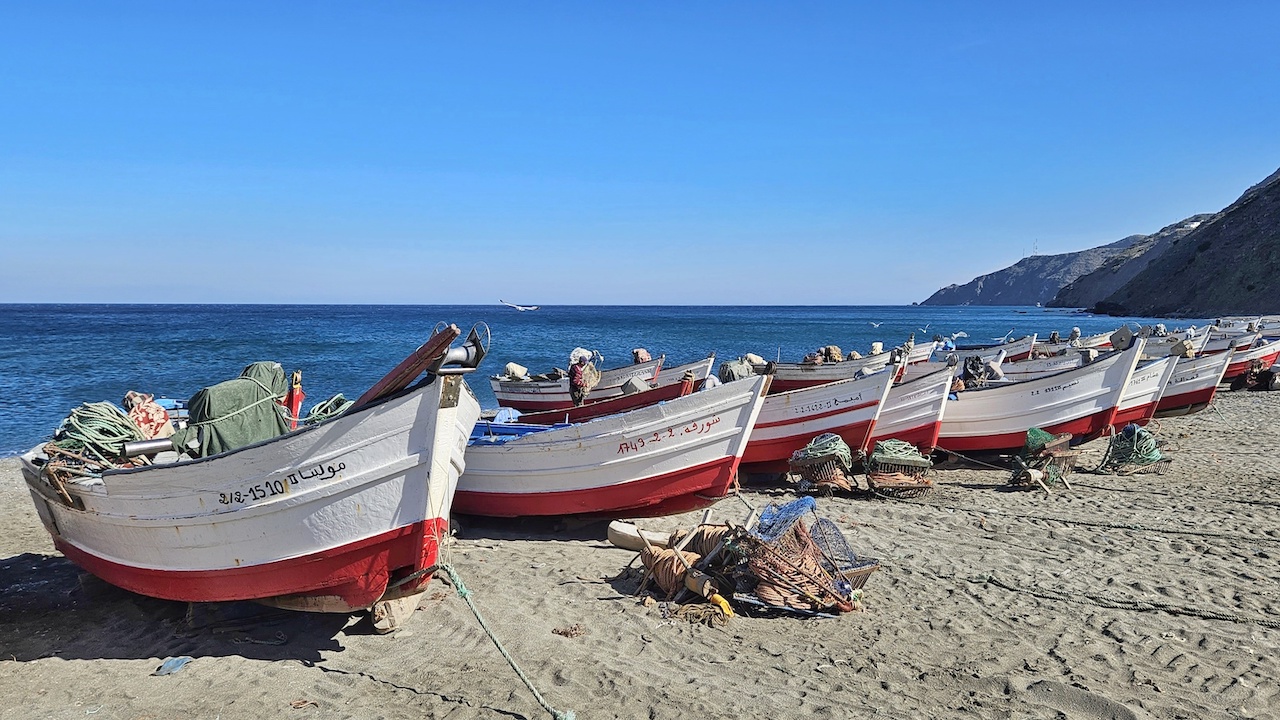

what a great read
Thanks John, hopefully it will be helpful to newbies to Morocco. Kx
This guide will definitely help first timers and returning travellers to Morocco. As you know we were apprehensive about going to Morocco in our Motorhome and your previous guide was invaluable to us thanks …there really is nothing to worry about we loved Morocco
Hi guys, thanks for reading. Yes we agree. I think it is the fear of the unknown that is greater than anything, which is why we felt driven to produce this blog. I hope it will help those who follow behind us. Kx
An absolutely fabulous read, thank you so much!!!
Hi Dominic, thank you so much, that’s wonderful feedback. Hope it inspires. Kx
As always, such a wealth of inspirational information, so clear and inviting. Thank you Karen (and Myles), appreciate your hard work 😊🤗xx
Hi Gail, Mike and Teddy, thanks so much for your lovely comments. Glad it reads well. I think it has inspired us to do a ‘New to Morocco Series. Kx
Hi Gail, thanks so much for your lovely feedback, really appreciate it. Kx